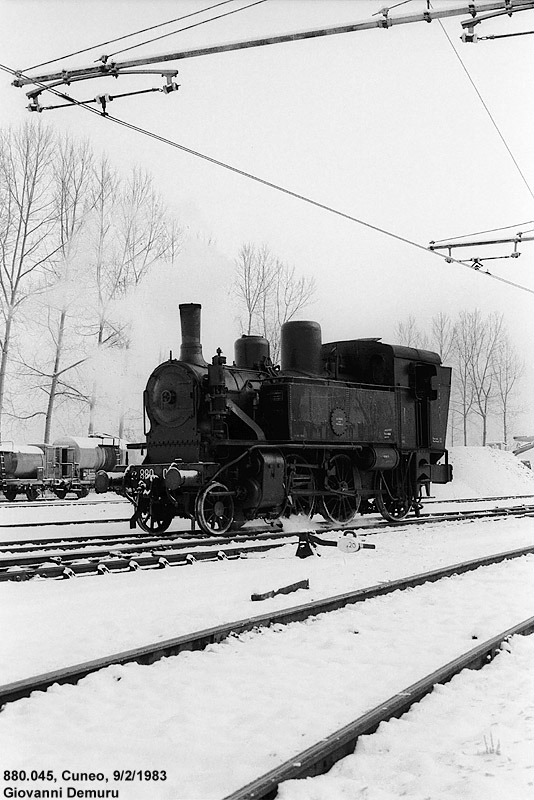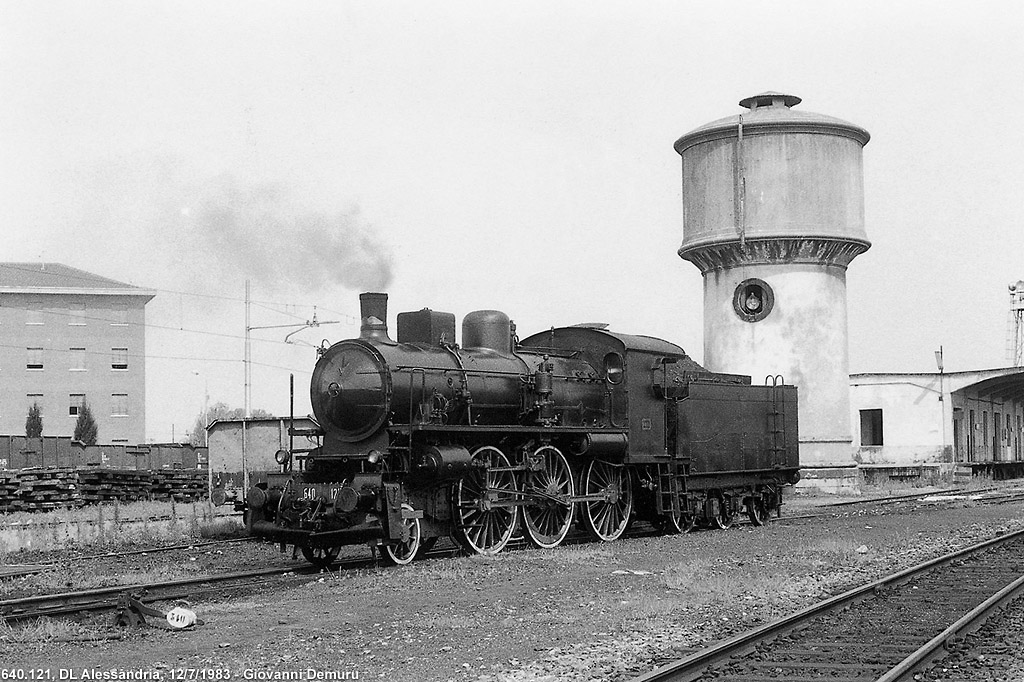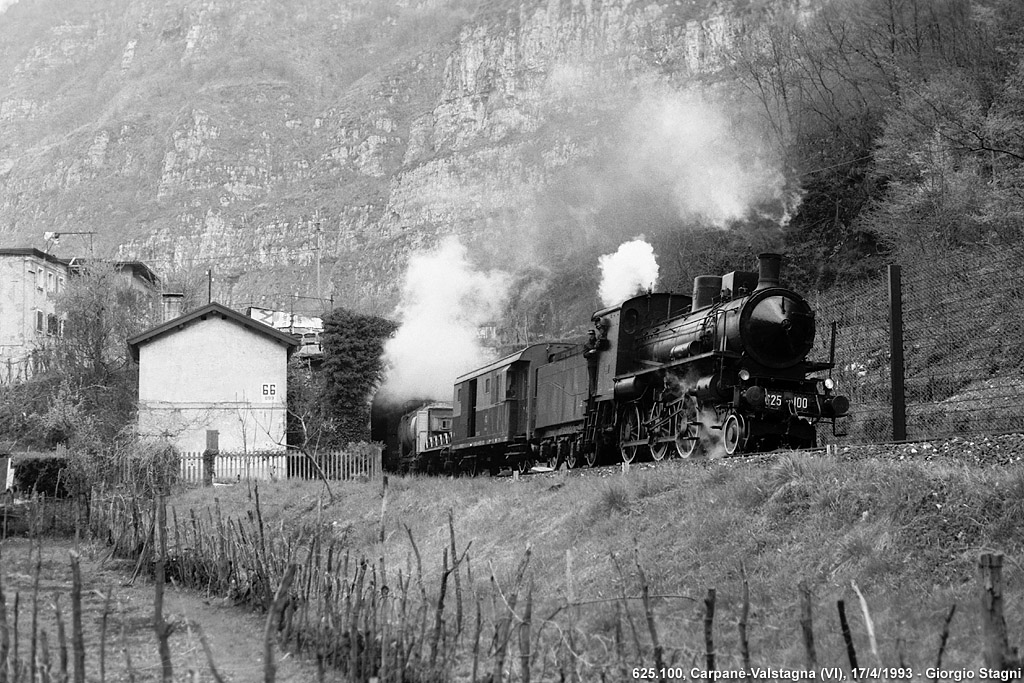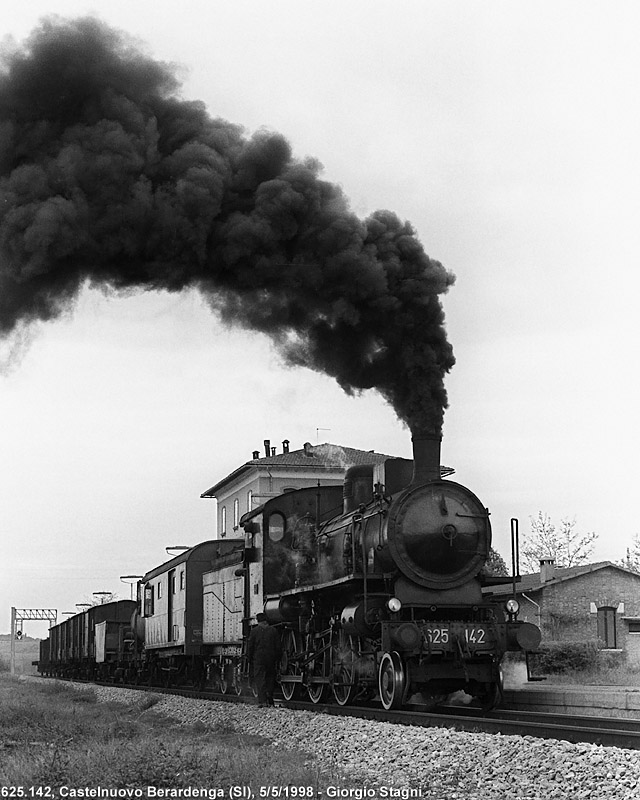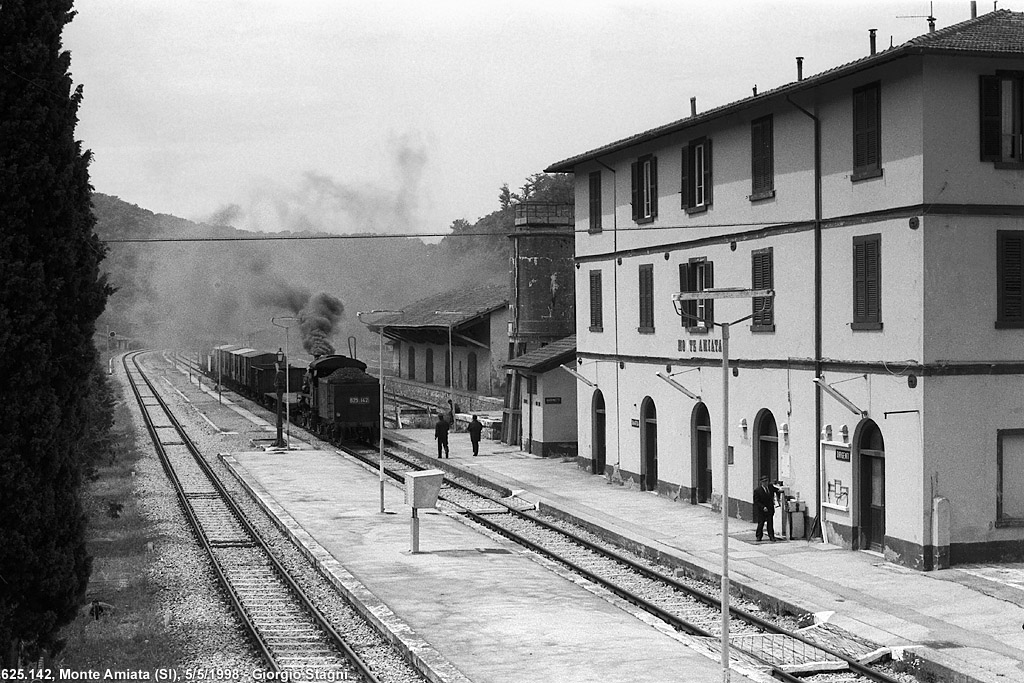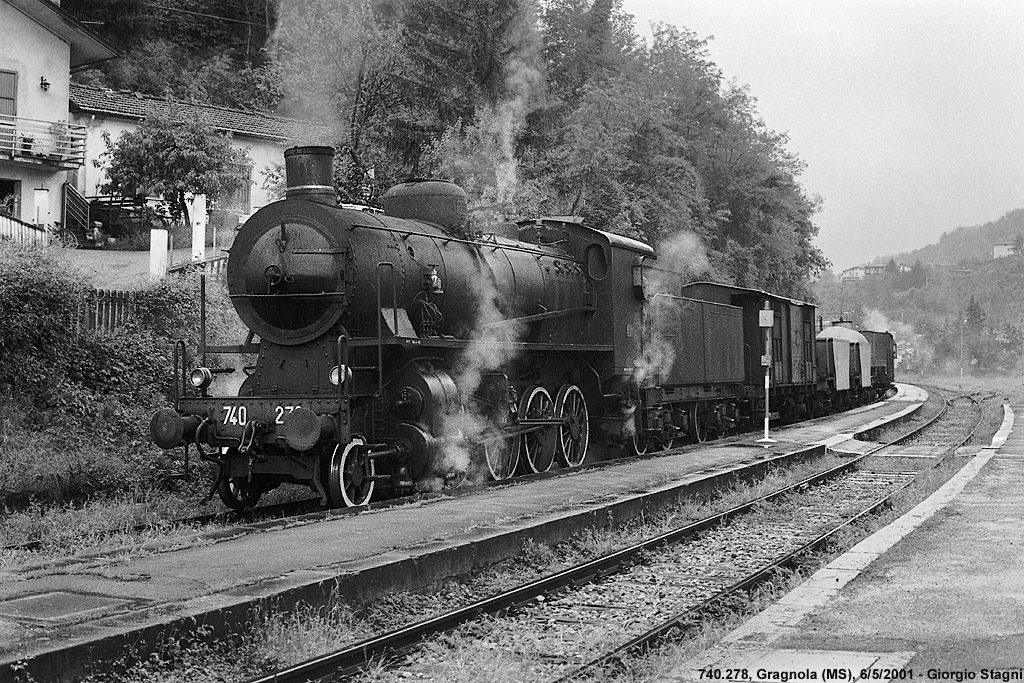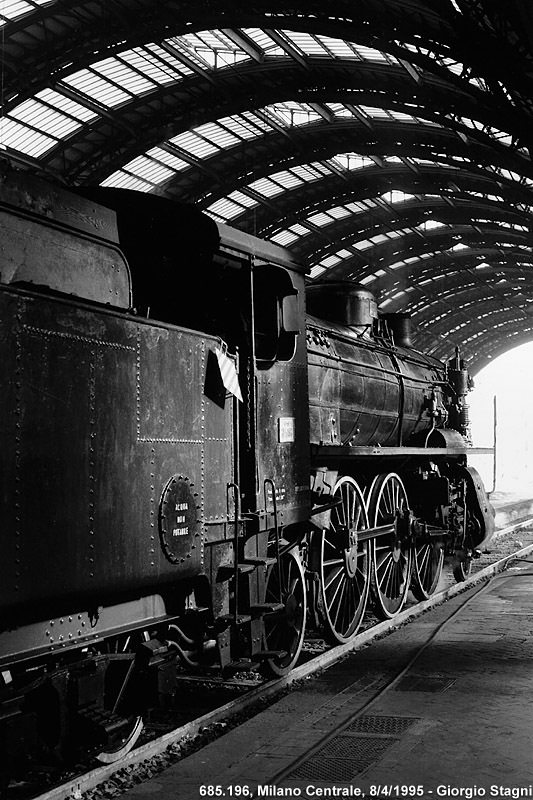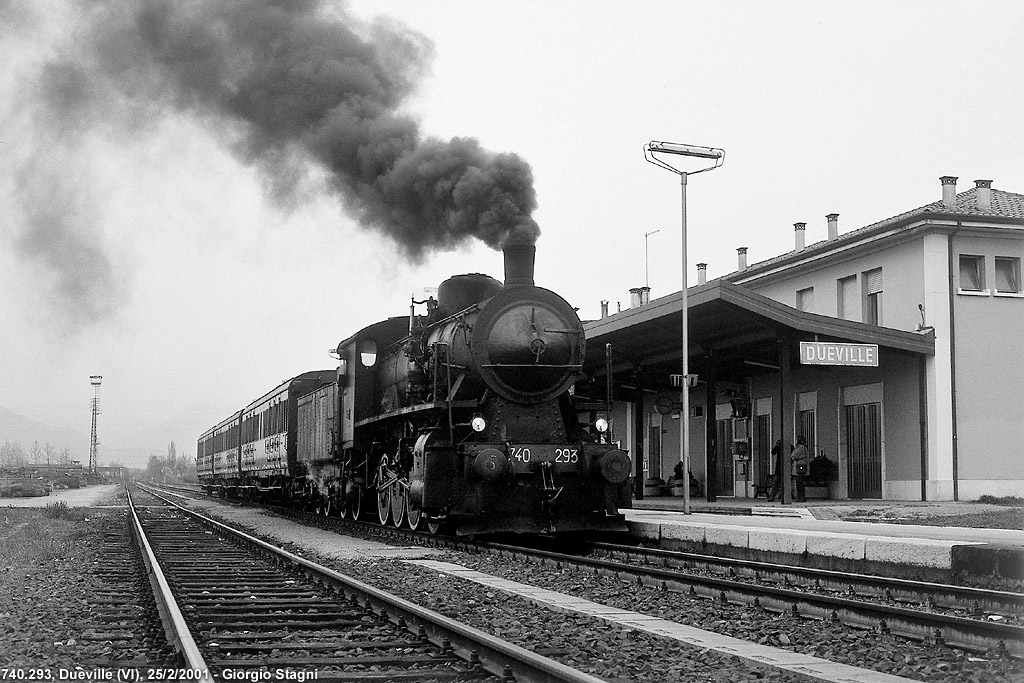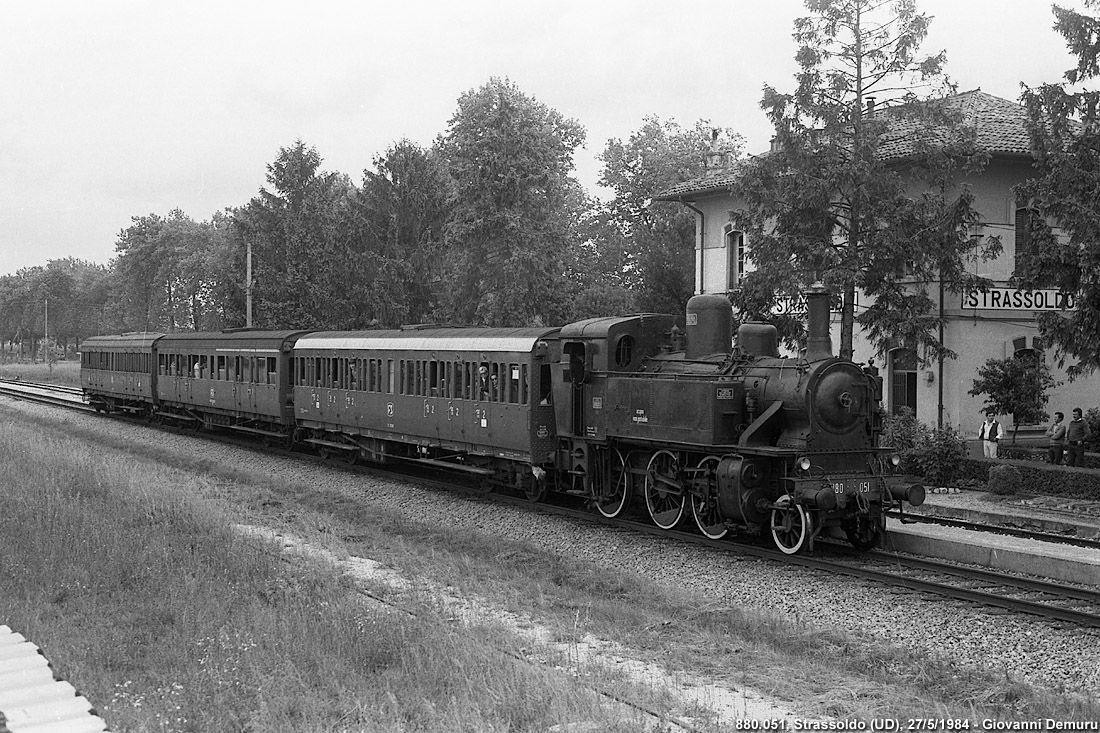And now?

San Lorenzo-Cipressa: the catenary arms deprived of wires, two months after the line was closed, on 23 November 2001.
And now? How is the railway facing the new century?
From a photographic point of view, years around 2000 have been marked by a succession of "misfortunes", from the asbestos problem, that swept away an entire generation of vehicles , to vandalistic graffiti that made the remaining trains simply awful, down to the unified XMPR livery, which has generated a complete monotony, that was previously unknown to Italian trains.
But at the end of our gallery, it is worth to look a bit beyond the simple theme of photography. Between the end of 1980's and early 1990's, FS have really undertaken important improvements in the level of service they offered. Thanks to the introduction of a new clock-face scheduling, for the first time comfortable and fast connections were no more limited to few trips per day, but they became available regularly for the whole day. In the meantime, the widespread use of vehicles capable of 140-160 km/h improved the average speed for all trips.
But starting in middle 1990's, something has changed: the obsessing search for economy and profitability has actually lead to giving up of an increasingly larger number of services, from the summer-period service to Sunday and late evening trips. Many interregional trains were assigned to the improper task of a local service, with a high number of stops, so as to mitigate the reduction in true local services. On the opposite side, fast trains were made much more expensive, just transforming them into Eurostar, often with no reduction at all in travelling time. And even if this is less visible to citizens, a similar, and possibly even worse decline has occurred to freight service.
Nevertheless, how comfortable the train is! No traffic lights, no traffic jams, no stress. Simply seated, with time to talk, to read, to observe the world out of the window. How sad is thinking that the only worries of the present railway seem to be keeping commuters quiet and collecting money on Eurostar trains; many other uses of trains, such as leisure trips or non-commuting medium-distance journeys seem to be almost completely neglected. And how equally sad is looking at all those minor stations, literally reduced as empty shells. How great is the longing for an elegance, or at least a neatness, that is now lost, almost everywhere.
Finally there is the matter of routes. For almost a century, railway has remained bound to a network that was generated by the economic and urban conditions of the Nineteenth Century, whereas the Nation has often been growing in different directions. Nowadays, an updating of historical routes is planned, with the construction of new lines, especially for high speed services. They are certainly important works, but they are not devoid of dangers, that must not be underestimated, particularly in the difficult geography of the Italian country, and even if a natural friendship has existed up to now between rail and environment.
Is it really wise to ignore at all the natural and urban morphology of our land, with a railway design that pursues the only aim of high speed, inevitably under an endless tunnel? Or should we simply accept the constrains that land and history have set, and that the lines planned with the 19th-century style have so well accomplished, even if the engineers that designed them could have been not completely aware of that?
It is a very complex problem, that mixes railway to town planning, mobility to ecology. But this is the true challenge of railway in the new century.
